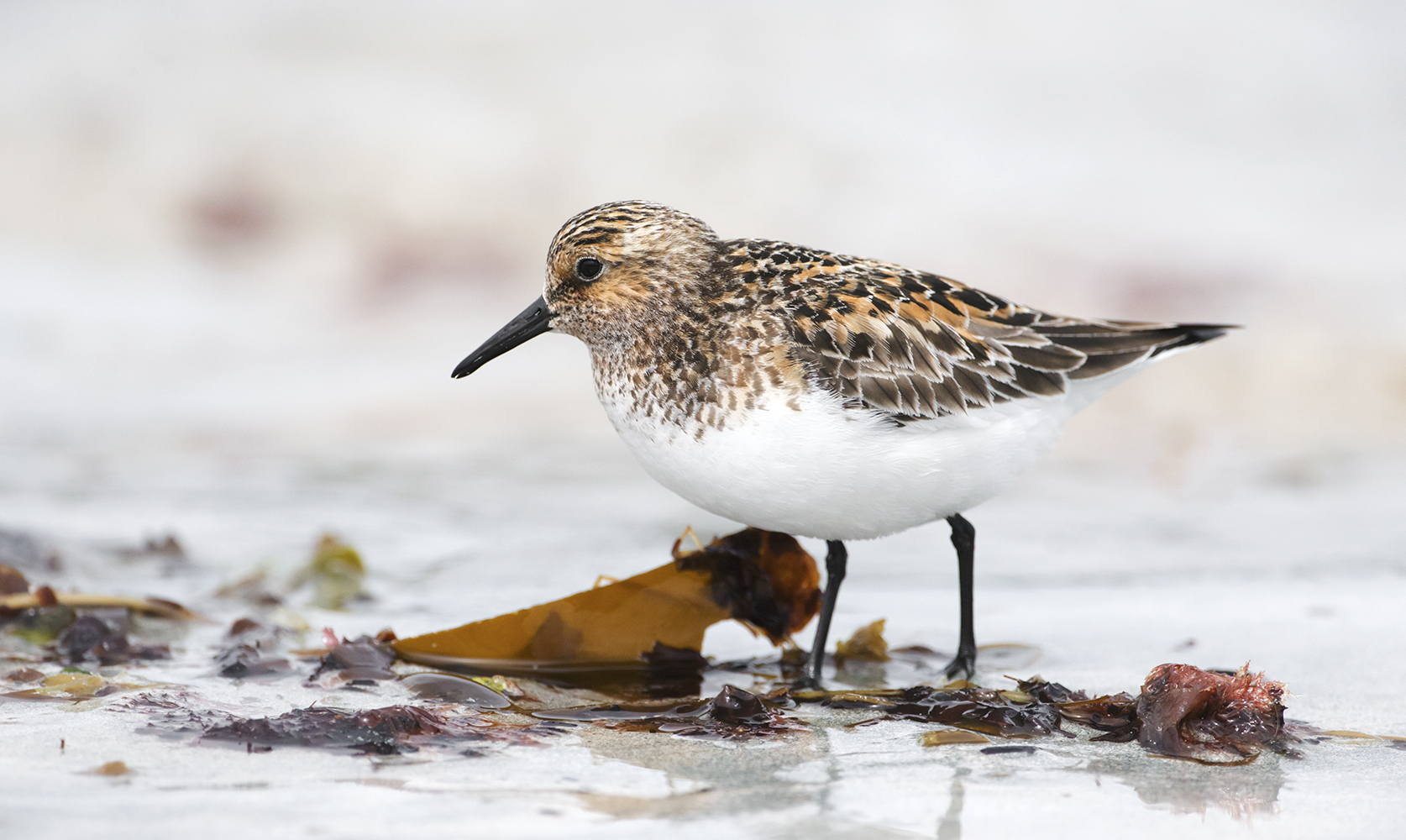
Migration blog (14th - 20th May)
As spring begins to ebb into summer, what can we expect over the coming week?
The weather over the last week has been somewhat changeable with almost freezing conditions and snow for northern parts, and a mixed bag of cold but bright days for others. Migration certainly slowed but that doesn't mean it stopped altogether. Some birds still arrived during the week, and for some such as Dunlin, Sanderling and Little Stint, the journey is still not over as they head to more northern latitudes for the breeding season. With many of our common garden birds having fledged their first broods of the year, some species like Nightjar will only now be arriving and establishing territories and attracting mates.
In the south-west, Sunday and Monday brought an influx of Red Kites with a maximum count of 306 over Marazion, Cornwall on the 11th of May. This late spring influx has been noted before with both 2015 and 2017 being good years, with triple figures reported across the region. However, these were in early June, perhaps hinting that the warmer conditions this spring have resulted in an earlier movement. The origins of these birds are not known, but as flocks are often seen to come in off the sea it is likely they have come from the near continent. Sightings over the proceeding days also dwindle and large flocks are not recorded away from the south-west, so quite where these birds are going is also open to speculation.
The past week saw several records of Curlew Sandpipers, with small flocks of this superb brick-red wader recorded across the UK. Smaller numbers of Temminck’s Stints, which is a typical late May passage wader, were also recorded over the past week, but unlike Curlew Sandpiper, records were constrained mainly to Norfolk and Lincolnshire.
Quail reports were up on the previous week, with birds reported up and down the country with a bias towards North-Western England. Like Nightjar this is a typically late-arriving summer visitor which breeds in open areas of dense grass and cultivated fields of crops such as hay or cereals. Some birds arrive straight here after migrating from their wintering grounds between Senegal and Sudan, whilst others stop en-route, maybe in North Africa or the southern Mediterranean, to raise a brood of young before moving further north to countries such as Britain to have a second brood.
Scarcities recorded over the last few days included a flock of White-winged Terns in Suffolk, a group of 13 Bee-eaters in Wales, Little Bittern on the Isle of Man, Rustic Bunting in Devon and a Great Reed Warbler in Norfolk. Also spotted were Eastern Subalpine Warblers on Shetland and in Pembrokeshire, Western Subalpine Warbler also in Pembrokeshire and another on the Isles of Scilly. As a note, the IOC have confirmed that Eastern and Western Subalpine Warbler should now be treated as separate species, rather than races.
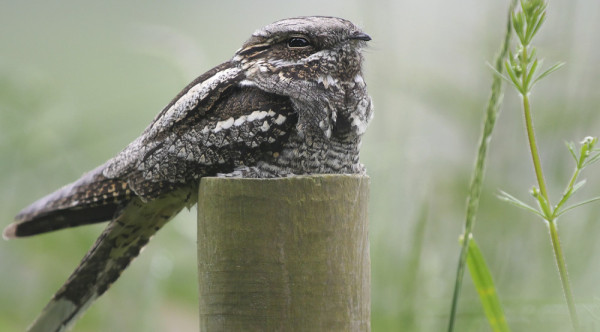
Species focus - Nightjar
Occupying the time between darkness and daylight, Nightjars might not be the easiest of birds to see but they are widespread, occurring on breeding territories from the south coast all the way up into southern Scotland. The Nightjar stronghold is found in East Anglia and southern England, with around 80% of the UK population breeding in these two areas.
Nightjars breed as far north as southern Norway, and in certain conditions it is likely that continental birds pass through the UK, although currently there is no evidence to support this. Through BTO tracking work we know that at least some of our Nightjars spend the winter in the Congo basin, in Central Africa, migrating via Italy. On their return journey they head from the Congo basin to West Africa, through Spain and France before their return to the UK. Nightjar is also one of the latest of our summer visitors to arrive, often not back on breeding territories until at least mid-May.
During migration resting Nightjars can be found almost anywhere in any habitat, even in gardens. The current population is estimated at 4,600 singing males – it is very difficult to estimate the number of pairs given the nocturnal behaviour of Nightjars.
At this time of year it is all bets off when it comes to predicting what rare species may turn up in the UK
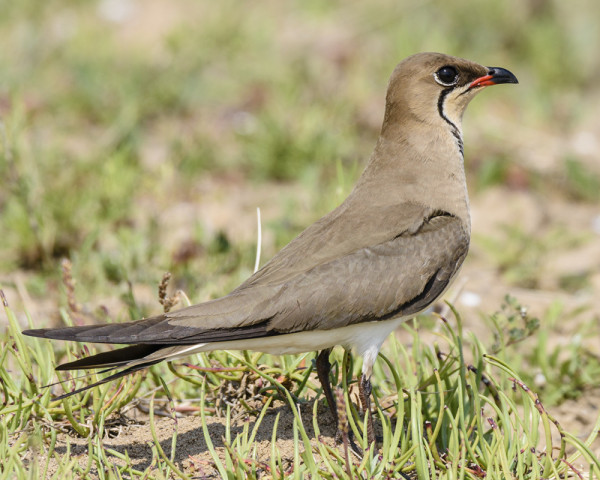
Weather for the week ahead
The high pressure from the weekend that brought cold winds, lower temperatures and even snow for some parts is still in charge of our weather. Having been positioned over Iceland it has been sinking slowly southward and, as it continues to track south, it will begin to drag in warmer air from the Azores. The wind direction will change from a northwesterly to westerly over the weekend then to a south/southwesterly by midweek. Most parts of Britain and Ireland will get some rain in the early to mid part of next week, welcomed by many after what has been a very dry spring.
The northwesterlies forecast at the end of this week and into the weekend could produce a good passage of Long-tailed and Pomarine Skuas, with the headland of Aird an Runair on North Uist, Outer Hebrides a renowned spot to witness this. Other locations along the west coast of Scotland and Northern England could also get in on the action as the winds push birds closer to the coast.
As the winds swing to the southwest and drop in speed any birds held up on the continent due to the colder weather of last week should start arriving. This could include late-arriving Swallows and House Martins, Swifts, Nightjar, and more waders such as Dunlin, Ringed Plover, Curlew Sandpiper, Dotterel and Sanderling.
Scarcities could include more Bee-eaters and White-winged Terns, Little Bittern, Squacco Heron, Red-footed Falcon, Woodchat and Lesser Grey Shrike, Icterine Warbler, Subalpine Warbler and Citrine Wagtail.
At this time of year, all bets are off when it comes to predicting what rarity will turn up. With arrivals likely from all points of the compass, anything is possible and some of the rarest birds ever to be recorded in Britain and Ireland have been found in late spring and early summer. Possible species include Roller, Cream-coloured Courser, Black-winged, Collared and Oriental Pratincole, Caspian Plover, Great Knot, Audouin’s Gull, Sooty Tern, Crag Martin, and Eastern Bonelli’s Warbler. Who knows what will be found? But we can be sure there will be plenty to keep us interested in the coming weeks.



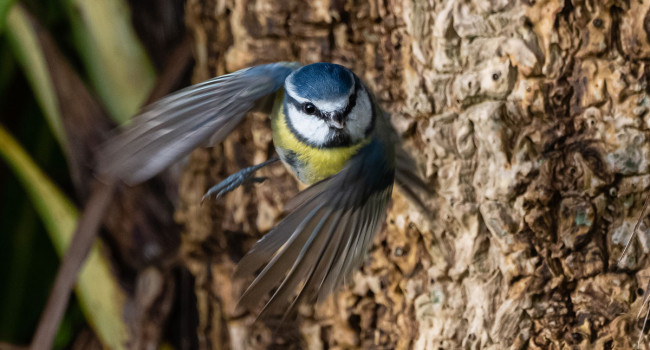
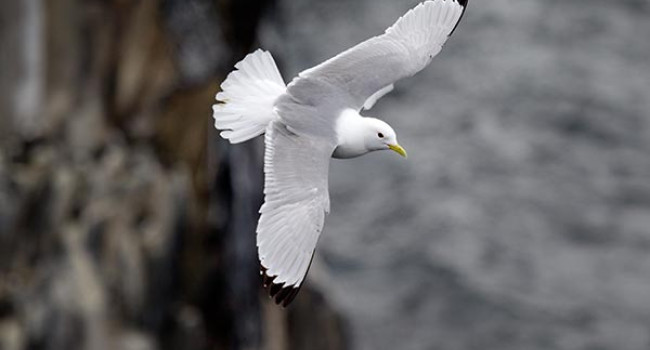


Share this page